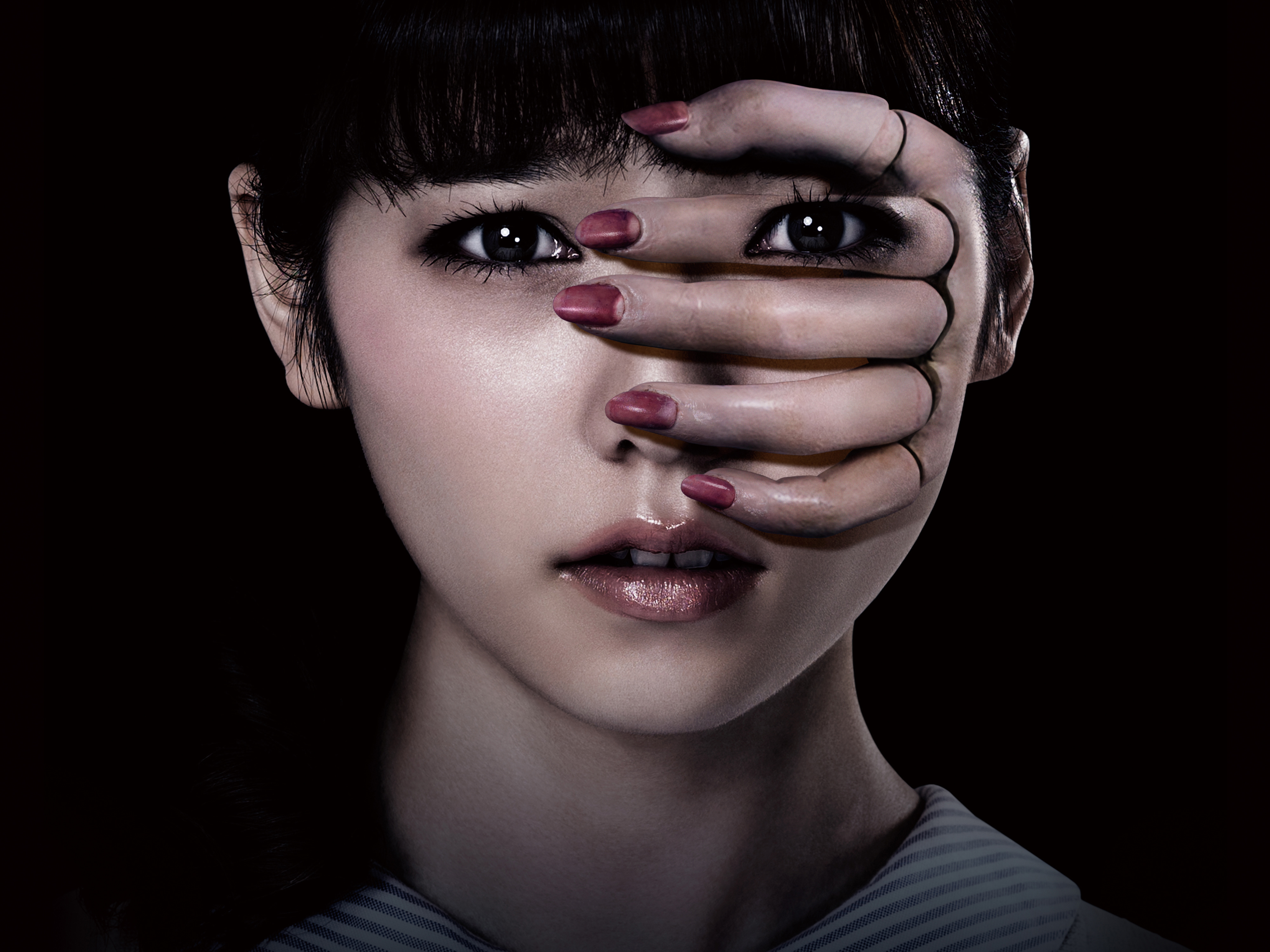Japan is a scary place. It has inspired masters of horror over three centuries, from Akinari Ueda in the 1700s ("Ugetsu Monogatari") to Lafcadio Hearn ("Kwaidan") in the late 1800s, all the way to the 1990s, when Kiyoshi Kurosawa's "Cure" and Hideo Nakata's "Ringu" were released, spawning a new homgreown genre that came to be known as "J-horror."
An Oct. 28 event at this year's Tokyo International Film Festival called "Masters of J-Horror" will show four landmark films from the genre at Piccadilly Theater in Shinjuku, including Nakata's latest release, "Gekijo-rei" ("Ghost Theater"), and one of his earliest films, "Joyu-rei" ("Don't Look Up"), which was released in 1996. Both stories are about actresses struggling against evil forces, invoked by long-festering grudges ("Don't Look Up") or a sinister doll come to life ("Ghost Theater"). Nakata fans will be gratified to see that "Don't Look Up" features the director's signature touches — long black hair covering the face of a young girl, a white dress that symbolizes innocence, weird sounds in the middle of the night, etc. — that later appeared in "Ringu," the film that launched Nakata to international stardom.
The 20-year gap between "Don't Look Up" and "Ghost Theater" shows, in many ways, that Nakata is a director who values his roots. Certainly he has remained a master at drawing out the underlying fears of a young woman, and deploying her terror to full effect.



















With your current subscription plan you can comment on stories. However, before writing your first comment, please create a display name in the Profile section of your subscriber account page.